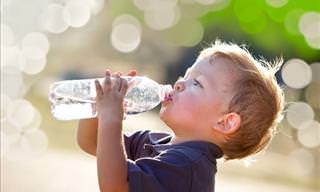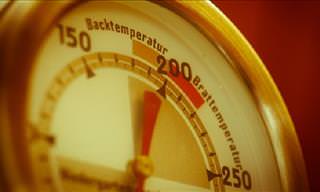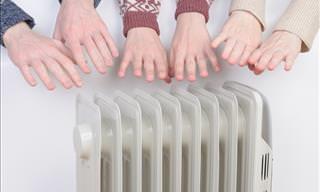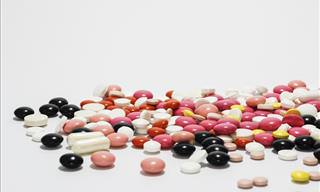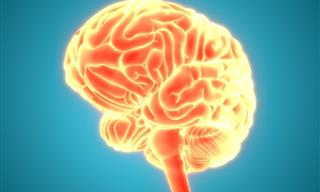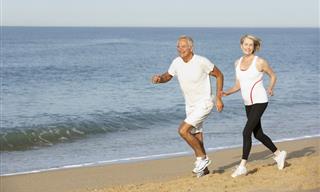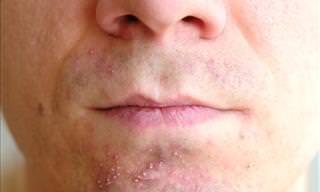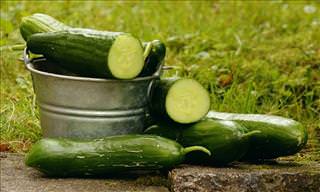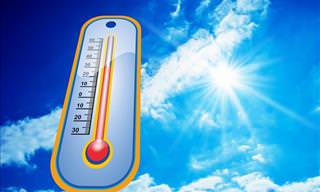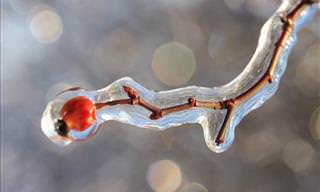|
As we exit spring and turn towards summer, we have a few things to watch out for. The high temperatures, particularly during heatwaves, can become life-threatening if you misread your body's warning signs. The three significant summer dangers – heatstroke, heat exhaustion, and dehydration come with plenty of red flags, but most people seem to miss them, merely because they are uninformed. In this article, I'll provide you with a list of warning signs, as well as immediate treatment if you or your loved ones start showing these signs
|
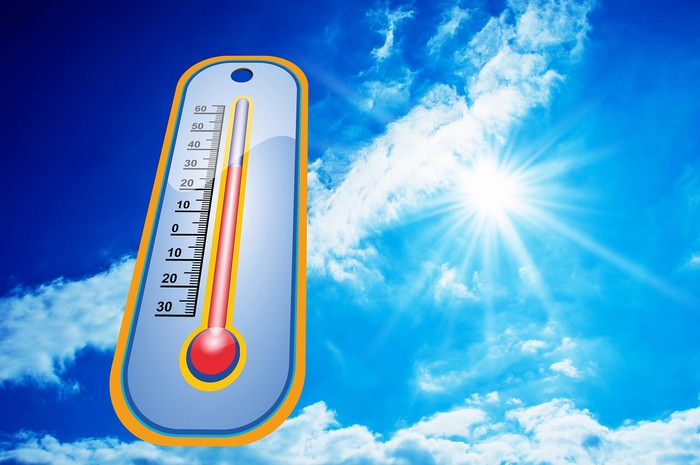 |
|
What is Heat Stroke
Heatstroke, also known as sunstroke, is a severe heat illness. It is defined as hyperthermia with a body temperature greater than 40.6°C (105.1°F) due to environmental heat exposure. This is distinct from a fever, where there is a physiological increase in the temperature set point of the body. The term "stroke" in "heat stroke" is a misnomer in that it does not involve a blockage or hemorrhage of blood flow to the brain. Preventive measures include drinking plenty of cold liquids and avoiding excessive heat and humidity, especially in unventilated spaces such as parked cars that can overheat quickly. Treatment requires rapid physical cooling of the body.
|
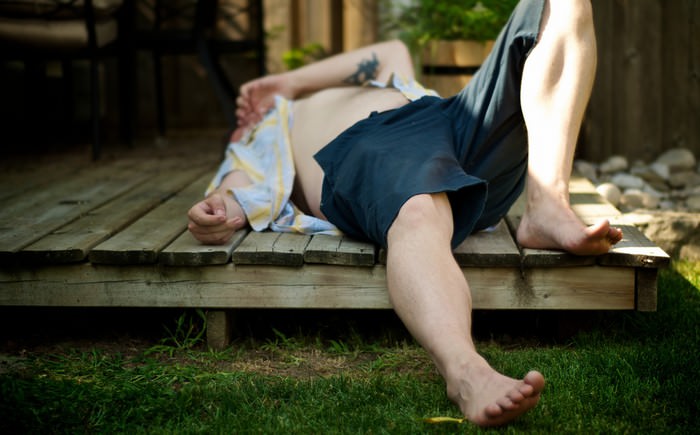 |
| Source |
|
Symptoms
Heatstroke symptoms can appear all of a sudden, without much warning, so when you notice these signs – don't hesitate, move the person to a cool and shaded area, and get them immediate medical care.
- Blood in urine or stool
- Confusion, delirium, or loss of consciousness
- Convulsions
- Decreased sweating
- Decreased urination
- Dizziness or vertigo
- Fatigue
- Headache
- Hot, flushed, dry skin
- Increased body temperature (40.6°C / 105.1°F)
- Nausea and vomiting
- Rapid heart rate
- Shortness of breath
Treatment
Move the person displaying some (or all) symptoms to a cool, shaded area, and provide them with a lot of cold liquids to drink. Meanwhile, call emergency services, as this condition can become life-threatening.
What is Heat Exhaustion
Heat exhaustion is another heat-related illness, where the body loses too much water or electrolytes through sweating. This will lead to a general feeling of unwell, as well as the symptoms listed below. If left untreated, heat exhaustion can become heat stroke, which is a life-threatening condition.
|
 |
|
Symptoms
- Agitation and irritability
- Confusion or anxiety
- Dizziness
- Drenching sweats, often accompanied by cold, clammy skin
- Excessive thirst
- Fainting
- Fatigue
- Headache
- Muscle aches and cramps
- Nausea
- Slowed or weakened heartbeat
- Weakness
Treatment
Move the person displaying some (or all) symptoms to a cool, shaded area, and provide them with a lot of cold liquids to drink. Meanwhile, call emergency services, as this condition can evolve into a full-on heat stroke.
What is Dehydration
Dehydration is not enough body water, with an accompanying disruption of metabolic processes. Dehydration occurs when water loss exceeds water intake, usually due to exercise or disease. Most people can tolerate a three to four percent decrease in body water without difficulty. A five to eight percent decrease can cause fatigue and dizziness. Over ten percent can cause physical and mental deterioration, accompanied by severe thirst. A decrease in more than fifteen to twenty-five percent of body water is invariably fatal. Mild dehydration is characterized by thirst and general discomfort and usually resolved with oral rehydration.
|
 |
| (Source) |
|
Symptoms
- Abnormally dark urine
- Confusion
- Constipation
- Decreased blood pressure
- Decreased urine volume
- Dizziness or fainting when standing up
- Dry skin
- General discomfort
- Headache
- Insomnia
- Listlessness
- Loss of appetite
- Loss of skin elasticity
- Rapid breathing
- Thirst
- Unexplained tiredness, and irritability
In babies:
- Drowsiness
- Fewer wet diapers
- Little or no tears when crying
- Sunken soft spot on their head
Treatment
|
 |
|
The treatment for minor dehydration, often considered the most effective, is drinking water and stopping fluid loss. Plain water restores only the volume of the blood plasma, inhibiting the thirst mechanism before solute levels can be replenished. Solid foods can contribute to fluid loss from vomiting and diarrhea. Urine concentration and frequency will customarily return to normal as dehydration resolves.
In more severe cases, correction of a dehydrated state is accomplished by the replenishment of necessary water and electrolytes through oral rehydration therapy or fluid replacement by intravenous therapy. (source)
|
 Go to BabaMail
Go to BabaMail








